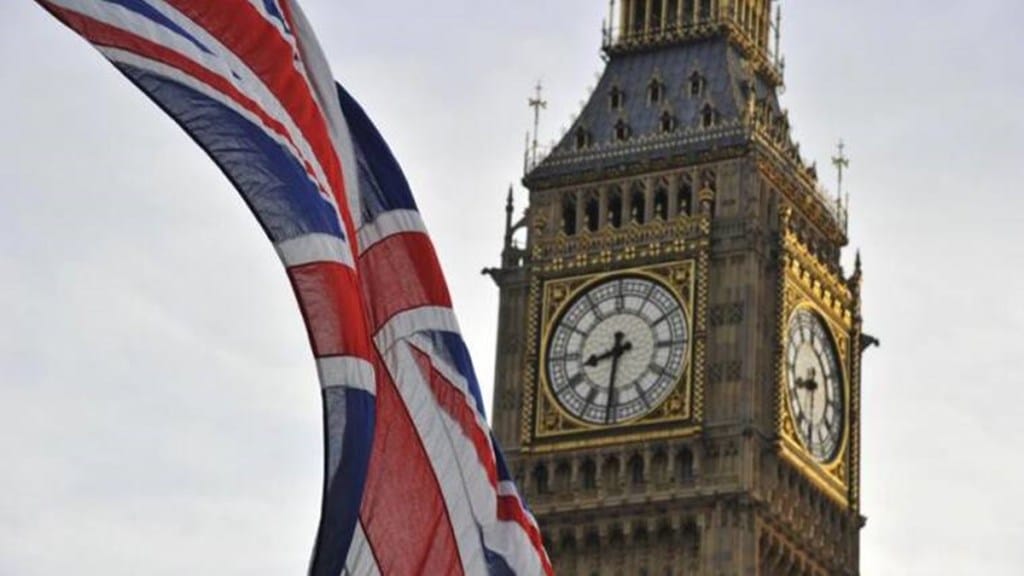By Sachin K Sharma and Ahamed A Shajahan
Even as developed countries oppose India’s public stockholding programme for foodgrains and its other farm support policies, they are finding innovative ways to give more subsidies to their farmers. A good example is the shrewd use of the exchange rate by the UK, in deciding its flexibility under the WTO to subsidise and protect the farm sector after its withdrawal from the EU. What could be the implications of the UK’s approach for poor farmers in developing countries, and what should trade negotiators be mindful of?
Before Brexit, the UK’s flexibilities in agriculture were embedded in the WTO commitments of the EU. These commitments were based on the agriculture data of the 1986-88 period and expressed in euros. Post-Brexit, the UK’s commitments have been apportioned from the erstwhile commitments of the EU in euro terms.
Also read: Aptel must walk the tightrope
However, the real twist came when the UK used an average exchange rate of 2015-19 instead of 1986-88 to convert its commitments from euros to pounds. The selective use of agriculture data from 1986-88 but exchange rate from 2015-19 to convert its commitments and flexibilities into pounds highlights the inherent contradiction in the UK’s approach and merits a closer examination.
It is important to note that the average exchange rate was 0.67 pound per euro in 1986-88, which jumped to 0.84 pound during 2015-19. Thus, the pound depreciated by 25% between these two periods. The use of the recent exchange rate has serious implications for agricultural subsidies and protection.
First, it leads to a substantial increase in the UK’s entitlement to provide trade-distorting agricultural subsidies. It has claimed 5.91 billion euros out of a 72.38 billion euros entitlement of the EU. If the UK had used the exchange rate of 1986-88, its entitlement would have been pegged at 3.98 billion. However, by adopting the exchange rate of 2015-19, it has managed to enhance its entitlement to 4.95 billion pounds, increasing it by 976 million pounds. With the inflated entitlement, the UK can provide subsidies that even exceed 100% of the value of production. For instance, the UK could have provided 188% of the value of wheat production as subsidies by using its entire entitlement in 2021. Unfortunately, the entitlement for most developing countries including India is zero and therefore cannot provide subsidies beyond 10% of the value of production of a concerned product.
Second, the UK’s approach will significantly increase its flexibility to implement price support measures, because of the inflated fixed external reference price (FERP). Under the existing WTO rules, higher the FERP, higher the subsidies that a country can provide. By using the exchange rate of 2015-19, the FERP for wheat would be 72 pounds/tonne. This is substantially higher than the FERP of 58 pounds/tonne based on the exchange rate for 1986-88.
Many developing countries are facing difficulties in providing price support due to the FERP based on 1986-88 prices, and therefore, have been consistently demanding that it be updated to reflect the current economic realities. Instead of addressing their concerns, the rich countries frequently attack the minimum support price policy of developing countries. Ironically, the UK is seeking more policy space for implementing price support measures by inflating the external reference price and its subsidy entitlement by using the recent exchange rate.
Surprisingly, the UK did not provide any market price support and its trade-distorting support was zero in 2021. If this is the agriculture reality, why then would the UK seek a higher flexibility by using the recent exchange rate? The reason is simple. Though the UK doesn’t provide trade-distorting subsidies currently, it is securing its policy space to provide a high level of trade-distorting subsidies to its farmers in the future. Furthermore, if future agriculture negotiations require the members to cap and reduce their subsidy entitlements, a higher entitlement will be a natural advantage for the UK.
Also read: Is India’s One Health moment on the horizon?
Third, for one-third of its agriculture products, the use of the recent exchange rate provides additional elbow room for the UK to impose higher customs duties. To illustrate, if the 1986-88 exchange rate is used, then the UK’s tariff on rice cannot exceed 142 pounds/tonne. However, by using the recent exchange rate, it can impose a tariff of 177 pounds/tonne, thereby securing a 25% advantage. This would apply to all products where the tariff ceilings have been negotiated in non-ad-valorem terms.
Fourth, the UK has sought the right to impose tariffs beyond the bound levels, in the form of special safeguards (SSGs), for 30% of its agricultural goods to protect its farmers from import surges. The recent exchange rate leads to higher reference prices used to invoke price-based SSGs. To illustrate, the trigger price for sugar (418 eruos/tonne) would result in 281 pounds/tonne and 350 pounds/tonne, based on the 1986-88 and 2015-19 exchange rates, respectively.
The UK’s approach highlights the hypocrisy of rich countries that want others to follow free trade but themselves quickly turn protectionist when their interests are at the stake. By merely tweaking the exchange rate, the UK has claimed higher entitlements to support and protect its farm sector at the expense of poor farmers across the globe. These flexibilities will further aggravate the inequalities already embedded in the WTO rules. In a nutshell, fine print matters. Ignoring it can have catastrophic consequences for the farmers of developing countries. Trade negotiators need to pay attention.
Authors are with the Centre for WTO Studies, IIFT
Views are personal
